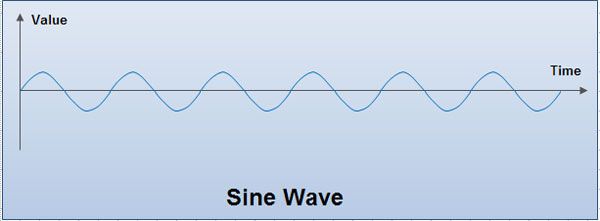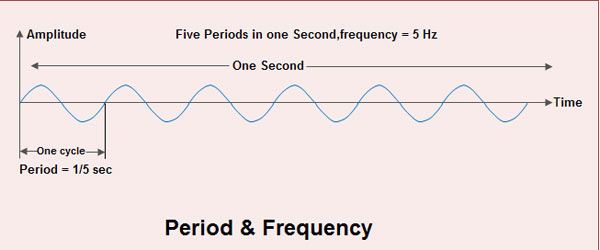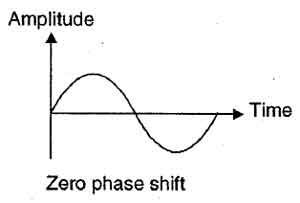Analog is best explained by the transmission of signal such as sound or human speech, over an electrified copper wire. In its native form, human speech is an oscillatory disturbance in the air. Which varies in terms of its volume or power (amplitude) and its pitch or tone (frequency)? Analogous variations in electrical or radio waves are created in order to transmit the analog information signal for video or audio or both over a network from a transmitter (TV station or CATV source) to a receiver (TV set, computer connected with antenna). At the receiving end an approximation (analog) of the original information is presented.
Information which is analog in its native form (audio and image) can vary continuously in terms of intensity (volume or brightness) and frequency (tone or color). Those variations in the native information stream are translated in an analog electrical network into variations in -the amplitude and frequency of the carrier signal. In other words, the carrier signal is modulated (varied) in order to create an analog of the original information stream.
The electromagnetic sinusoidal (waveform) or sine wave can be varied in amplitude at a fixed frequency, using Amplitude Modulation (AM). Alternatively, the frequency of the sine wave can be varied at constant amplitude using Frequency Modulation (FM). Additionally, both frequency and amplitude can be modulated simultaneously.
- Analog signal can have infinite number of values and varies continuously with time.
- Analog signal is usually represented by sine wave.
- As shown in figure each cycle consists of a single arc above the time axis followed by a single arc below the time axis.
- Example of analog signal is human voice. When we speak, we use air to transmit an analog signal. Electrical signal from an audio tape, can also be in analog form

We’ll be covering the following topics in this tutorial:
Characteristics of Analog Signal
1. Amplitude
(i) Amplitude of a signal refers to the height of the signal.
(ii) It is equal to the vertical distance from a given point on the waveform to the horizontal axis.
(iii) The maximum amplitude of a sine wave is equal to the highest value it reaches on the vertical axis as shown in figure.

(iv) Amplitude is measured in volts, amperes or watts depending on the type of signal. A volt is used for voltage, ampere for current and watts for power.
2. Period
(i) Period refers to the amount of time in which a signal completes one cycle.
(ii) It is measured in seconds.
(iii) Other units used to measure period are millisecond (10-3 sec.) microsecond (10-6 sec), nanosecond (10-9 sec) and picoseconds (10-12 sec).
3. Frequency
(i) It refers to the number of wave patterns completed in a given period of time.
(ii) To be more precise, frequency refers to number of periods in one second or number of cycles per second.
(iii) Frequency is measured in Hertz (Hz)
(iv) Other units used to express frequency are kilohertz (103 Hz) Megahertz (106 Hz), gigahertz (109 Hz) and terahertz (1012 Hz).
(v) Frequency and period are the inverse of each other. Period is the inverse of frequency and frequency is the inverse of period.
4. Phase
(i) Phase describes the position of the waveform relative to time zero.
(ii) Phase describes the amount by which the waveform shifts forward or backward along the time axis.
(iii) It indicates the status of first cycle.
(iv)Phase is measured in degrees or radians.
(v) A phase shift of 3600 indicates a shift of a complete period, a phase shift of 180° indicates a shift of half period and a phase shift of 90° indicates a shift of a quarter of a period as shown in fig. below.


Advantages of Analog Signals
(1) Best suited for the transmission of audio and video.
(2) Consumes less bandwidth than digital signals to carry the same information.
(3) Analog systems are readily in place around the world.
(4) Analog signal is less susceptible to noise.
 Dinesh Thakur holds an B.C.A, MCDBA, MCSD certifications. Dinesh authors the hugely popular
Dinesh Thakur holds an B.C.A, MCDBA, MCSD certifications. Dinesh authors the hugely popular